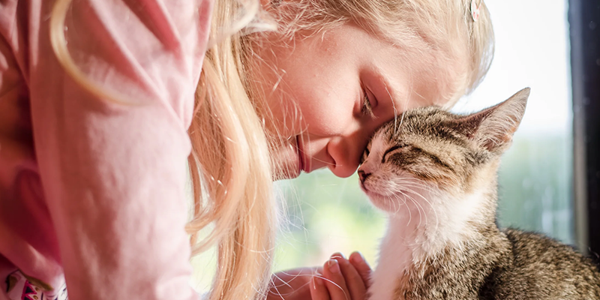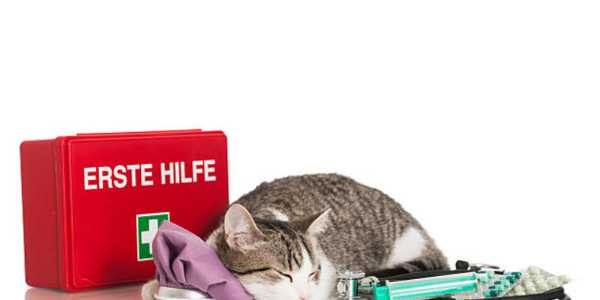DIY Cat First-Aid Kit: What Every Owner Should Have
When I first became a cat owner, I thought I had everything under control. Food bowls? Check. Litter box? Check. Toys? Double check. But one day, my furry friend came limping in with a scratch on her paw, and I realized I had no idea how to help her. That's when I learned the importance of having a DIY cat first-aid kit. Keep reading if you're like me and want to be ready for anything life throws at your feline companion.
Why You Need a Cat First-Aid Kit
Before we dive into the details, let me tell you why having a cat first-aid kit is so important. Cats are curious creatures. They climb, jump, explore, and sometimes get into trouble. Whether it's a small cut from a thorn or something more serious like swallowing a foreign object, accidents happen. Having a first-aid kit means you won't waste time running to the store when every second counts. Knowing you're prepared to handle minor emergencies at home gives you peace of mind. Plus, it can save you money by avoiding unnecessary trips to the vet for things you can manage yourself.
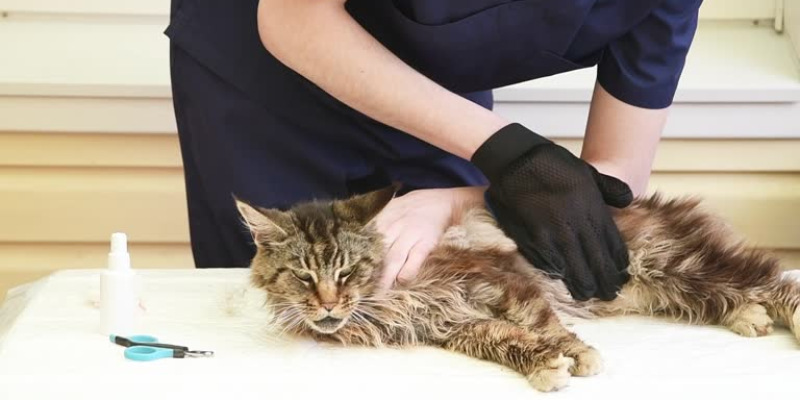
Stocking Up On Basics
Every first-aid kit needs some basic items. These are the essentials that form the foundation of your kit. Think of them as the building blocks for handling most minor emergencies.
Tweezers
Tweezers are a must-have tool. Small objects, like splinters or thorns, might be stuck in your cat's skin if your cat gets injured. Tweezers make it easy to remove these safely. Make sure to choose a pair with a good grip to use them without slipping.
Gauze Pads and Bandages
Cuts and scrapes are common injuries for cats. Gauze pads help clean wounds and stop bleeding. Bandages, on the other hand, protect the area after cleaning. Look for self-adhesive bandages that won’t stick to your cat’s fur. Traditional adhesive bandages can pull out fur, which isn’t fun for you or your cat.
Antiseptic Wipes
Cleaning a wound is essential to prevent infection. Antiseptic wipes are perfect for this job. They are gentle enough for your cat's skin but strong enough to kill germs. Keep a pack handy so you can clean any injury quickly and easily.
Scissors
You'll need scissors to cut gauze, bandages, or fur around a wound. Choose a pair with rounded tips to avoid accidentally poking your cat. Safety first, right?
Disposable Gloves
Disposable gloves are a simple yet essential addition to your kit. They protect both you and your cat. You don't want to risk introducing bacteria into a wound; gloves also keep you safe if dealing with blood or other bodily fluids.
Specialized Items For Cats
Once you've covered the basics, it's time to consider specialized items for cats. These tools address the unique challenges of caring for our feline friends.
Styptic Powder
Styptic powder is a lifesaver if your cat cuts a nail too short or injures a paw pad. It stops bleeding quickly by sealing the blood vessels. This is especially useful because cats tend to bleed a lot from minor injuries, which can be alarming if you're unprepared.
Pet-Safe Saline Solution
Eyes are delicate, and cats can sometimes get debris or dirt in them. A pet-safe saline solution helps flush out irritants without causing harm. Always double-check that the solution is safe for animals before using it.
Thermometer
A thermometer might not seem obvious, but it's essential for checking your cat's temperature. Cats can't tell us when they feel unwell so that a fever might be the first sign of an issue. Make sure to use a digital thermometer designed for pets. Never use a glass one, as it could break and cause injury.
Muzzle or Soft Cloth
Even the sweetest cat can bite or scratch when they’re scared or in pain. A muzzle or soft cloth can gently restrain your cat while you tend to their injury. This keeps both of you safe during stressful situations.
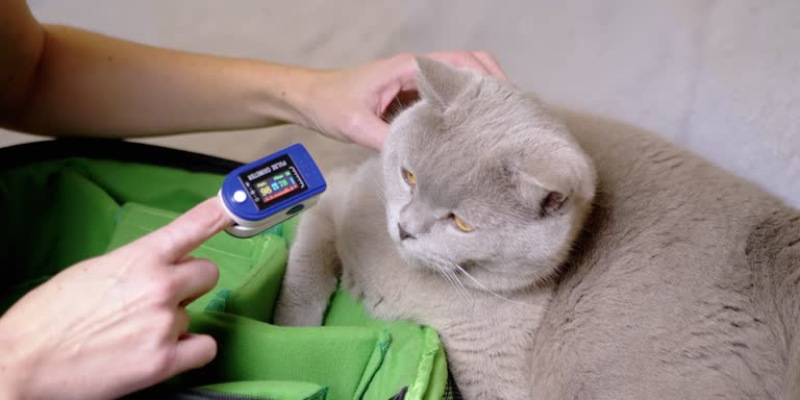
Emergency Preparedness
While the items above cover many scenarios, there are additional steps you can take to ensure you’re fully prepared for emergencies.
Contact Information
Write down significant contact numbers and keep them with your first-aid kit. Include your vet's phone number, the nearest emergency animal hospital, and the poison control hotline. You might forget these details in a panic, so having them written down is helpful.
Supplemental Oxygen
This might sound advanced, but supplemental oxygen can be a game-changer in severe cases. Some pet owners invest in portable oxygen kits for emergencies like respiratory distress. While this isn’t necessary for everyone, it’s worth considering if your cat has pre-existing health issues.
Blanket
A lightweight blanket serves multiple purposes. You can use it to wrap your cat if it is cold or in shock. It also doubles as a stretcher if you need to carry your cat somewhere safely.
Handling Common Cat Emergencies
Now that you know what to put in your kit, let's discuss how to use it. Understanding common cat emergencies and how to respond can make all the difference.
Cuts and Scrapes
If your cat has a cut, clean the area with antiseptic wipes. Apply gentle pressure with a gauze pad to stop the bleeding. Once the bleeding slows, cover the wound with a bandage. Keep an eye on the injury over the next few days to ensure it doesn't get infected.
Choking
Choking is scary, but staying calm is key. If you see your cat struggling to breathe, check their mouth for obstructions. Use tweezers to remove anything you find carefully. Don't try to force the object out if it is too deep. Instead, take your cat to the vet immediately.
Poisoning
Cats are curious, and sometimes they eat things they shouldn't. If you suspect poisoning, call the poison control hotline right away. Do not attempt to induce vomiting unless instructed by a professional. Gather any packaging or samples of your cat's ingestion to share with the vet.
Urinary Blockages
Male cats are prone to urinary blockages, which can become life-threatening quickly. Signs include straining to urinate, crying in pain, or frequent trips to the litter box without producing urine. If you notice these symptoms, seek veterinary care immediately.
Staying Calm Under Pressure
One thing I’ve learned as a cat owner is that staying calm is just as important as having the right tools. Cats pick up on our emotions, so if you’re frantic, they’ll be stressed too. Take a deep breath before addressing any emergency. Speak softly to your cat and move slowly. This helps them feel safer and makes it easier for you to help them.
Keeping Your Kit Ready
Once you've assembled your first-aid kit, don't just toss it in a drawer and forget about it. Check it regularly to make sure everything is still usable. Replace expired items and restock supplies you've used. Keep the kit where you can grab it quickly, like a kitchen cabinet or hallway closet.
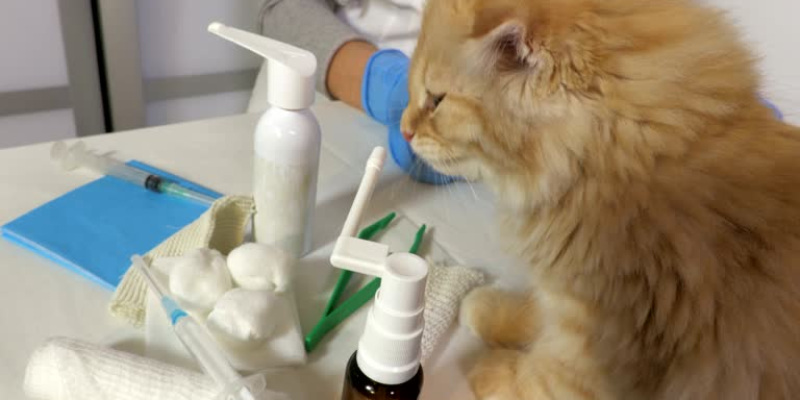
Getting Help When You Need It
Even the best-prepared owner needs professional help from time to time. Knowing when to call the vet is crucial. Minor injuries can often be treated at home, but anything serious requires expert attention. Trust your instincts—if something feels off, it probably is.
Preparing For Peace Of Mind
As a cat owner, I know how much joy our furry friends bring into our lives. But with that joy comes responsibility. Having a DIY cat first-aid kit ensures you’re ready to handle whatever comes your way. From cuts and scrapes to more serious emergencies, being prepared gives you confidence and peace of mind.
Take the time to gather the items listed here and familiarize yourself with how to use them. Your cat may never need them, but if they do, you’ll be glad you took the time to prepare. After all, our cats depend on us to keep them safe and healthy.
Being a Proactive Cat Owner
Owning a cat is a rewarding experience, but it also requires effort. By putting together a first-aid kit, you’re taking a big step toward being a proactive and responsible pet owner. Remember, preparation is key. The more you know and the better equipped you are, the happier and healthier your cat will be.
So go ahead, gather your supplies, and create your DIY cat first-aid kit today. Your future self—and your cat—will thank you.
